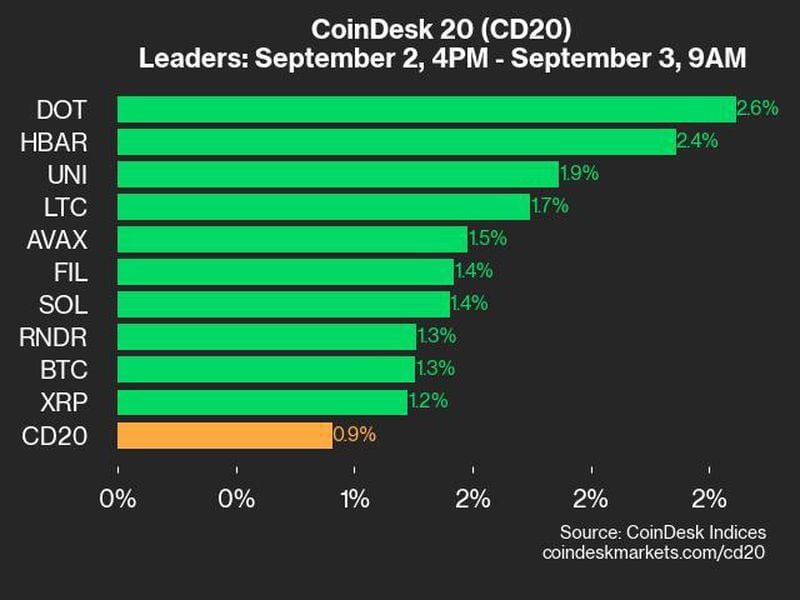Stablecoin Issuer Promises Full Audits of Euro-Backed Crypto Token

Stasis, a Malta-based issuer of stablecoins, has hired accounting firm BDO Malta to conduct quarterly and annual audits of its financials, including the euro reserves backing the startup’s EURS token.
The engagement aims to dispel any doubts that EURS stablecoins are backed one-to-one by euros. Many cryptocurrency investors and traders will be wary of any such claim by a stablecoin issuer, due to nagging questions around the dominant issuer, Tether.
Tether’s USDT tokens lost their parity with the U.S. dollar in a dramatic fashion in October, due to widespread doubts that the company held one U.S. dollar in bank deposits for every token in circulation.
More than a year ago, Tether reiterated its promise of regular audits to prove it held sufficient fiat collateral, but so far it has still not delivered. Rather it severed ties with the auditing firm Friedman LLP in January and instead produced documents prepared by a law firm in June and its bank in November, which vouch for the existence of sufficient deposits.
Apparently alluding to the controversy surrounding Tether, Stasis CFO Vyacheslav Kim said in a statement last week:
“The recent conversation around stablecoins has hinged on two things: compliance and transparency. By providing verification by a top accounting firm, in addition to EURS’ existing regulatory compliance under Maltese law, we’ve established EURS as a standout option for European investors.”
In addition to the audits, BDO Malta – a member of the BDO International network of accounting firms, which operates out of more than 160 countries according to its website – will “provide weekly cash reserve verification” of the fiat collateral behind EURS, Stasis said. The first such report was published Thursday. It makes clear that the document does not constitute an audit.
Stablecoin issuance is an increasingly crowded and competitive corner of the cryptocurrency sector, and a number of providers are aiming to reassure a skeptical market by publicizing their relationships with prominent accounting firms.
Within the past month Circle, which provides the dollar-linked USDC, has published an attestation of its dollar collateral prepared by Grant Thornton LLP; Gemini, which issues the USD-pegged Gemini Dollar, has done the same with an attestation from BPM; and Paxos, issuer of the dollar-linked Paxos Standard, has published an attestation from Withum.
Audits > attestations
Yet Stasis stands out by promising full audits.
Michael Shaub, who teaches auditing and accounting ethics at Texas A&M University, told CoinDesk that “I would take much more heart” from a full audit of a stablecoin provider’s financials, as opposed to a verification or attestation.
Explaining the differences between verifications, attestations and audits, Shaub said that an audit “is applied broadly to the financial statements” – including income statements, cash flow statements and balance sheets – while an attestation (of the sort Circle, Gemini and Paxos publish) “is limited to some narrow representation,” for example, that the requisite bank deposits existed at a moment in time.
“The level of assurance is very similar,” he said, but an audit provides important context that goes beyond an isolated snapshot: “You can reach more of a conclusion of, is that money likely to be in the bank tomorrow? Was it in the bank yesterday?”
A verification, meanwhile, provides far less context, and does not necessarily have to be prepared by a qualified accountant. Tether, as noted above, published a verification prepared by its law firm.
In a verification, the firm in question and its accountant (or lawyer) decide on a procedure, and the accountant carries it out as agreed; that contrasts with the rigorous standards an attestation or audit requires.
For example, Shaub noted, a verification does not necessarily indicate that the bank deposits aren’t simply a one-time loan, or being shuffled around between accounts.
Hard to get?
Stasis’ promised audits – the first is expected in Q1 2019 – are all the more notable since some issuers, and not just Tether, have claimed that audits are currently unobtainable in the stablecoin market.
Cameron Winklevoss, Gemini’s co-founder and president, said on Twitter in October that “there is no financial report framework [with respect to] to audit conformity [with] a stablecoin. So you can’t perform an ‘audit.’”
Instead, he continued, issuers must “rely on a 3rd party to attest to whether an assertion (that there is a 1:1 peg) is accurate.”
Even so, according to a Statis spokesperson, “BDO Malta will perform full audits once a quarter, plus verifications every week.”
When contacted by CoinDesk, Sam Spiridonov, the audit partner at BDO Malta who signed Stasis’ first weekly verification, said the “audit will cover all the financial statements of STSS (Malta) Limited, including the euro deposits.”
In the meantime, Tether continues to dominate the stablecoin market, despite the controversy surrounding it.
With a market capitalization of nearly $1.9 billion, USDT is the seventh-most valuable cryptocurrency overall. Stasis’ EURS, by contrast, is not even in the top 100, with a market cap of just $30 million, according to CoinMarketCap.
Euro image via Shutterstock









